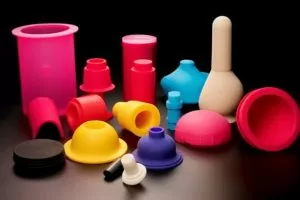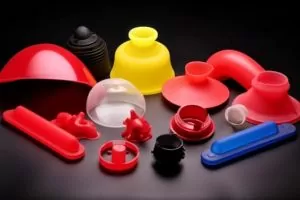1. Characteristics of silicone material
A. Silicone raw materials are generally gel-like, somewhat similar to plasticine, colorless, translucent, and odorless.
B. Its main features are both high-temperature resistance (up to 300°C) and low-temperature resistance (minimum -100°C), which is the best cold-resistant and high-temperature resistant rubber at present; at the same time, it has excellent electrical insulation and high stability to thermal oxidation and ozone, chemically inert.
The disadvantage is that the mechanical strength is low, the oil resistance, solvent resistance, and acid and alkali resistance are poor, it is difficult to vulcanize, and the price is more expensive. Operating temperature: -60℃~+200℃. The above is the description of silicone rubber in the manual.
C. Use temperature: As mentioned above, it is generally set to -40°C to 200°C, and can reach 230°C in a short time.
D. Aging problem: oil resistance, acid, and alkali resistance are poor, and it has little to do with stress.
E. Adhesion problem: Before surface treatment, in addition to using silicone products as adhesives to bond with silicone parts, the adhesion to other parts must be surface activated, and the glue surface can be cured by vulcanization.
All substances that can react with rubber or make it cross-link are collectively referred to as vulcanizing agents, also known as cross-linking agents. There are many types of vulcanizing agents, and they are still increasing.
The vulcanizing agents that have been used include sulfur, selenium, tellurium, sulfur-containing compounds, metal oxides, peroxides, resins, quinones, and amines.
F. Material hardness: According to Shore hardness, the plastic parts can theoretically be selected between 10 degrees and 80 degrees in the domestic market.
The ones that can be easily found are generally 20 to 70 degrees, and the most commonly used ones are 40 to 50 degrees.
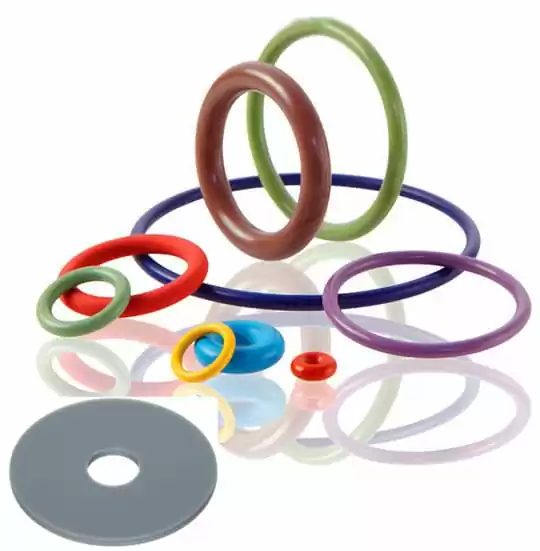
2. The production process of silicone products
A: Shape and color of raw materials
B: After color matching and kneading, the flakes of various colors are transformed from milky white silica gel
C: After kneading and shaping, the raw materials are pressed into strips and cut into strips
D: Vulcanization molding
E: Trimming, edge removal, inspection, packaging
F: Finished silicone products
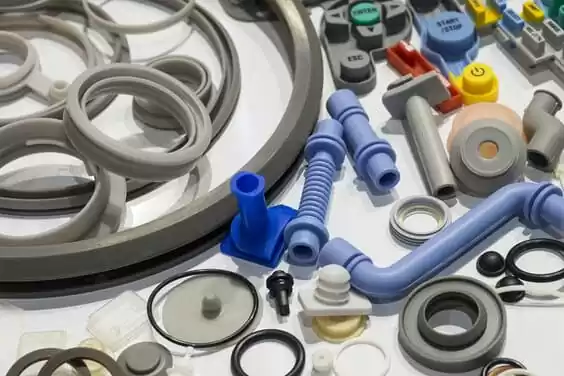
3. Product size and characteristics
A. Limit size: The thickest part can be 15~20MM, if it is a sphere, the diameter can be 30MM. Generally, the recommended thickness is no more than 3MM.
When it is larger than 3MM, it will take more vulcanization time and increase the cost. The thinnest part can theoretically reach 0.2MM, but the thinnest 0.3MM is generally taken in the design, and 0.4MM is recommended.
B. Relative size: In terms of thickness difference, it is recommended that the thinnest part and the thickest part should not exceed 3 times. Such problems mainly depend on the temperature and pressure requirements when the material is vulcanized.
C. Shrinkage rate: The shrinkage rate of the silicone material is related to the hardness of the material. Most of the secondary materials provided by the manufacturer are between 1.022 and 1.042.
For materials with a degree of 40 to 50 degrees, the shrinkage rate is generally 1.03. Compared to plastic, silicone products do not suffer from similar apparent surface defects due to shrinkage.
D. Dimensional accuracy: Because most of the silicone rubber products are one mold with multiple cavities, the number of cavities is very large compared to the plastic products. Therefore, it is not as convenient as plastic products in size control.
The general accuracy is plus or minus 0.1, and the high-precision product is plus or minus 0.05. When it is used to match the hole of the plastic part and the button, the minimum clearance is 0.1 per side, and the recommended value is 0.2 per side.
E. Shape design: For rubber sleeve parts, it is generally enough to provide the original drawing to the mold factory according to the product shape drawing, and explain the matching problem, which is decided by the mold factory.
Under normal circumstances, depending on the size of the product, the coordination between the rubber sleeve and the product is generally a negative deviation of 0.2~0.5 small on one side.

4. Mold structure
A. Mold thickness upper limit:
Tentatively 250mm, the size can reach 500X500, and the product can be up to 400X400 in the mold area. The mold structure is generally divided into the upper mold, lower mold, bottom plate, top plate, ejector pin, mold core, hinge, and other auxiliary parts. When designing silicone products, attention should be paid to the characteristics of their molds and production processes:
B. Demoulding:
The release of silicone products can be directly and forcefully released. For products without design defects, the size requirement for forced release mainly lies in the ratio of the circumference of the largest part of the mold core to the smallest closing part during demolding. For products below 55°, it can be done 2-3 times. There may be splits and sharp corners at the opening.
Because the temperature of 180 degrees Celsius is required during vulcanization, the demoulding work is almost all manual except for the upper and lower separation of the mold itself. Therefore, the convenience and quickness of the removal should be considered in the design of the parts.
So as not to affect the vulcanization quality and mass production efficiency of the parts due to the long demoulding time. Because the release method of silicone is mainly manual, and the action stroke of the top plate is also small, the silicone mold has no inclined top compared with the plastic mold. Generally, no core pull is provided.
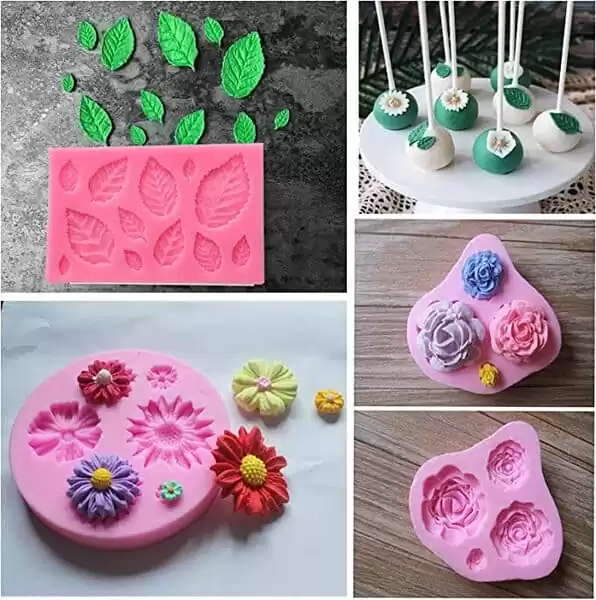
C. Fixing of the core:
Unlike plastic molds, the cores of silicone molds are generally removed together with the product parts when the injection mold is opened and the parts are taken out. Therefore, the fixation and accurate positioning of the mold core are more difficult to handle than the plastic mold, and the rigidity of the mold core is higher.
The cores are generally made together and all cores are fixed at once. Or pass the mold core through auxiliary tools to enable it to be positioned quickly. Because there is a lot of pressure in the mold clamping process, it is necessary to strictly prevent the mold core from moving.
D. Core pulling:
Generally, it cannot be automatically moved, but it can be forced off, and the core pulling is only used for small-sized structures. The core-pulling setting is similar to that of the plastic mold, but it is manually removed when the mold is opened.
In addition, core pulling occupies a large space in the mold, which is not only complicated to process in the excess silicone mold in one mold but also has low utilization of mold space. So don’t pull the core as much as possible.
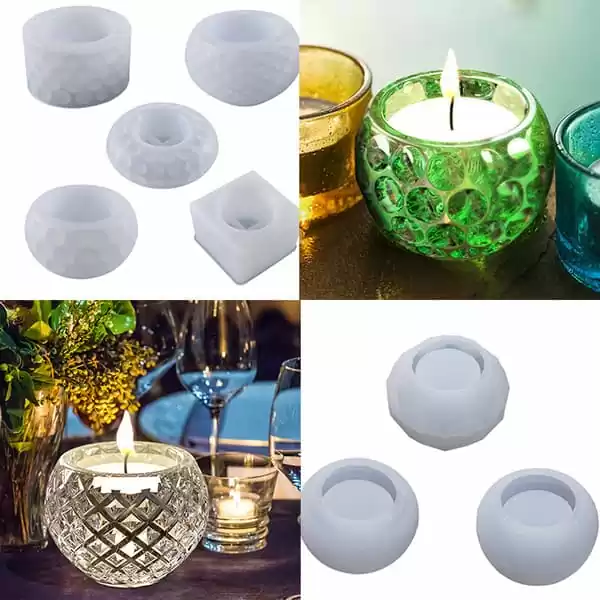
E. Shape:
Silicone products have great toughness when the surface is intact, but once there are cracks, the cracks will expand rapidly under the action of external force. That said, silicone products are very sensitive to cracks.
Considering these problems, attention should be paid to the correct mold design of silicone parts: there should be no sharp corners in all positions, to avoid stress concentration and cracks. The R angle at the opening should not be less than 0.5.
F. Self-removing edge:
The main function of self-removing edge: is to accommodate excess rubber; facilitate mold exhaust; easy to trim the flash.
The self-removing edge is generally composed of a thin edge at the parting surface of the part and a corresponding relatively strong tearing edge. The thickness of the thin edge is generally 0.1~0.2, the thickness of the tearing edge is generally 0.8, and the width is generally 1~2MM.
G. Insert:
Various types of inserts can be placed in silicone products, but several issues should be paid attention to First, the surface of the embedded parts should be pre-treated, mainly surface vulcanization or surface activation.
Otherwise, it will be difficult to firmly connect the insert and the glue. The second is the fixed positioning of the insert, which can be fixed in one direction in the vertical direction but must be fully fixed in other directions. To avoid insert movement during the full mold process.
The third is the thickness of the glue around the insert. For parts that are fully encapsulated (where all surfaces are encapsulated, so the insert cannot be positioned), a minimum of 0.5mm thickness should be used around the insert. For inserts with positioning, the thickness of the peripheral adhesive layer should be above 0.4MM.
H. Other auxiliary processes:
Glue injection (gluing) process:
Similar to the injection molding process, the parts to be injected are fixed first, and the first layer of mold is closed to control that the raw materials will not contaminate the parts that are not designed for injection during the injection. Then the second layer of mold is closed, and the rubber compound is pressed into shape.
Rolling process: first hand-preform the rubber
Molding: This manufacturing process can be used in the case of full encapsulation.
Dipping: The raw material of the rubber (rubber) body is fluid, and the workpiece is dipped into the raw material many times. The inner layer of raw material is vulcanized and then dipped again until the design thickness is reached.
Epoxy: The raw material has good fluidity, similar to paint, and is vulcanized at room temperature. The mold is a relatively simple, generally manual operation, and the next coating is applied when the first layer is quickly cured.
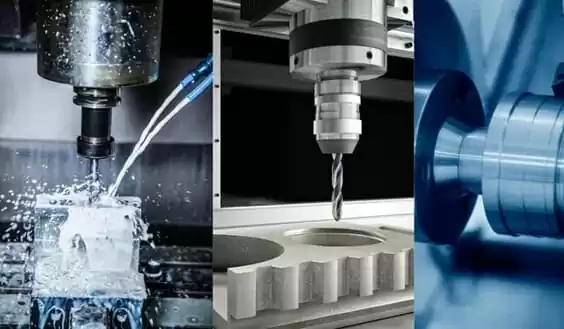
L. Multi-color products:
A is divided into 2 sets of vulcanization molds, and B is hand-colored, once vulcanized, the color separation part of the parts is required to have a certain height, to avoid the combination of color mixing conductive adhesive, secondary vulcanization silicone and silicone (rubber) can be directly vulcanized without treatment Bonding 5. Hardness measurement and tools.
The most commonly used instrument for measuring rubber hardness is called the Shore (also known as Shore) durometer. Use a spring to press a metal indenter into the surface of the material and measure how deep it penetrates.
The instrument measures penetration depths from zero to 0.100 inches. A reading of zero on the scale means that the indenter has penetrated the limit depth, while a reading of 100 means that the penetration depth is zero. There are various shore hardness testers with different hardness ranges and degrees of automation.
One of the most commonly used scales is the Shore A scale. Shore A durometers have a blunt indenter and a medium spring. When readings are above 90, the Shore A durometer becomes inaccurate. For such harder materials, a Shore D durometer is used. It has a sharp indenter and strong spring for deep penetration.
When measuring harder plastics, use a durometer with a sharper and more resilient indenter, such as a Rockwell durometer. At the opposite extreme, Shore 00 durometers are used to measure soft gels and foam rubbers.
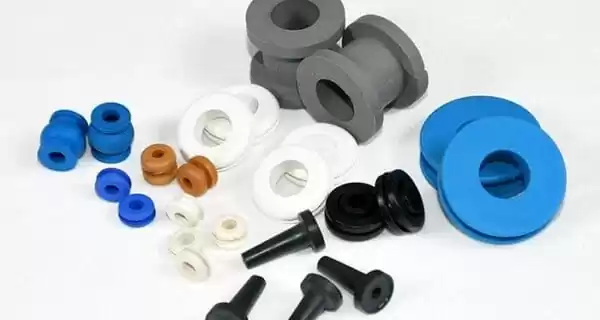
Most multiple materials can withstand the initial stress, but over time will yield due to creep and relaxation. Durometer readings can be taken instantly or after a certain delay time, usually 5 to 10 seconds. Immediate readings will always show higher (or harder) readings than delayed readings.
Delay readings are more representative not only of the hardness of the material but also of its elasticity. A weaker, less elastic material is more prone to creep than those that are stronger and more elastic.
To ensure the validity of the data, precise testing procedures are required. To get an accurate reading, you must have a test piece that is flat and thick enough so that the indenter is not affected by the support surface.
Typically the required thickness is 0.200 inches, but rigid materials with less deformation can be accurately tested when thinner thicknesses are present.

